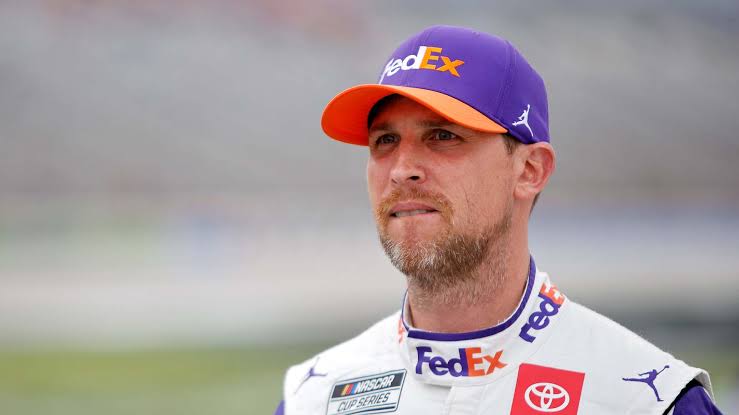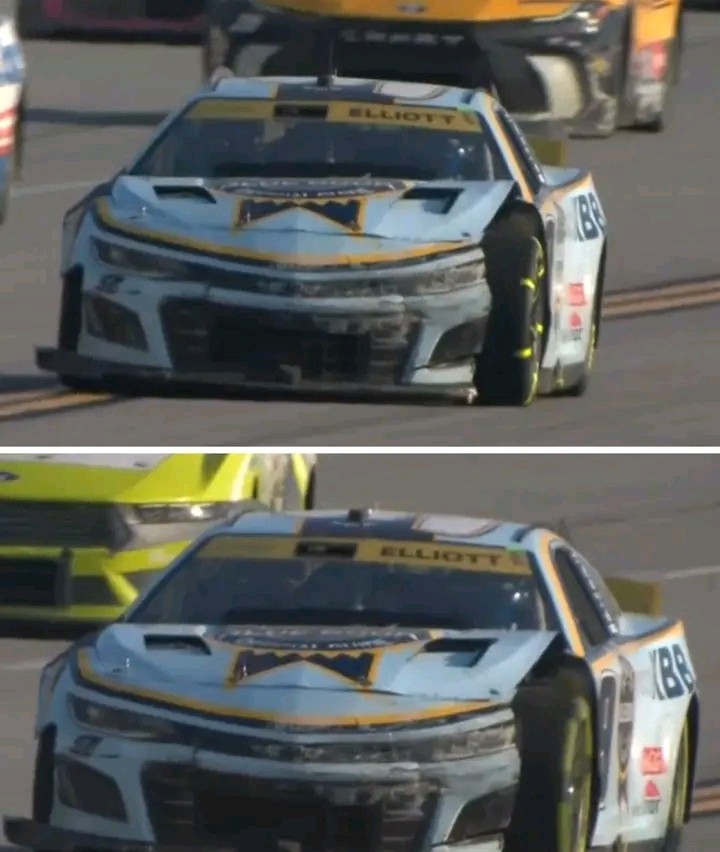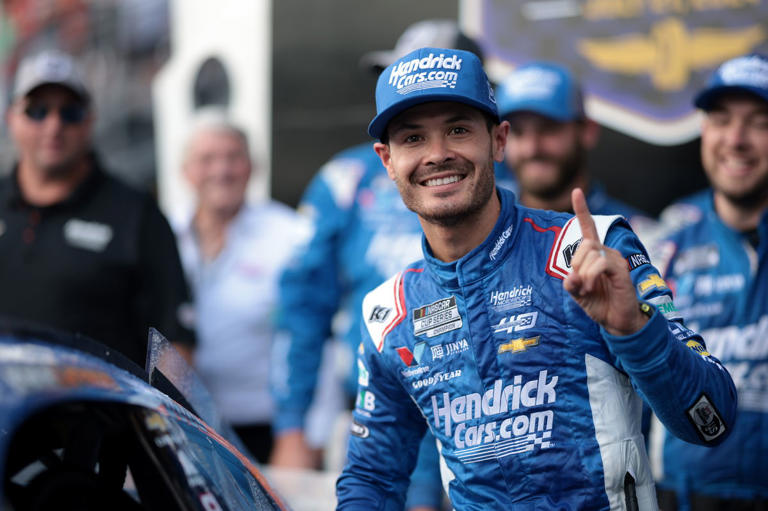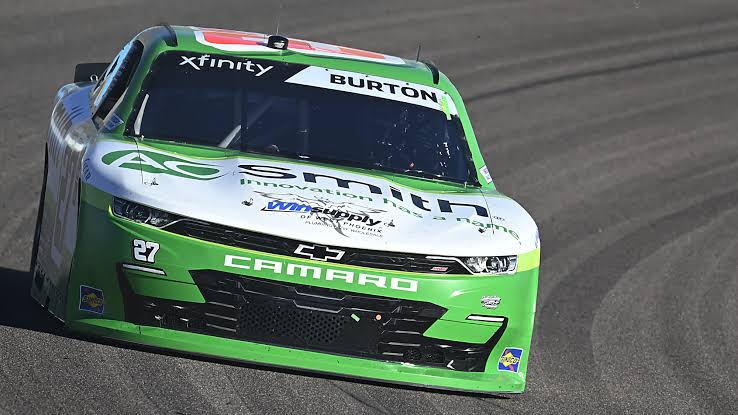A recent clash between NASCAR driver Denny Hamlin and a well-known insider has reignited the ongoing debate around safety in the sport. The insider’s grave warning that “people’s lives are in jeopardy” serves as a reminder of the inherent dangers of high-speed racing, where a single split-second decision can mean the difference between life and death. This confrontation has brought widespread concerns to the surface, particularly whether current safety improvements are enough to protect drivers. The conversation has sparked critical questions about how NASCAR can maintain the delicate balance between innovation and preserving the traditions that define the sport. As these complex issues unfold, the future of both driver safety and NASCAR itself remains uncertain.
The life-threatening nature of high-speed racing became strikingly evident during events like Ryan Newman’s terrifying crash at the 2020 Daytona 500. Newman’s car flipped dramatically after being clipped from behind, causing shockwaves throughout the racing world. His accident was not only chaotic but a clear representation of the hazards drivers face when racing at speeds exceeding 200 miles per hour. Another NASCAR driver, Corey LaJoie, emphasized how little the general public understands about the danger until they witness such a catastrophic event.
“Nobody realizes how fast 200 mph is, or how light and uncontrollable these cars become when they get out of shape,” LaJoie remarked, highlighting the immense challenge drivers face on the track. LaJoie’s words perfectly capture the unpredictable nature of race cars at such high speeds. Their lightweight, aerodynamic designs are intended to maximize performance, but they also create a razor-thin margin for error. Even the slightest mistake can have disastrous consequences. High-speed racing doesn’t just test engineering; it pushes human reflexes to their limits. Drivers must skillfully navigate the narrow line between precision and peril at all times.
Recent trends in NASCAR have only added to this danger. The push for faster, more aerodynamic vehicles has made cars quicker but has also increased the associated risks. Even though NASCAR introduced the Next Gen car in 2022 to improve safety and performance, concerns over car stability and driver safety persist. A series of recent airborne crashes has reignited the debate about whether the current safety measures are truly sufficient.
Denny Hamlin has been a leading voice of skepticism, questioning whether the proposed changes will make any real difference in NASCAR’s high-risk, high-speed environment. His doubts go beyond his personal experience, reflecting a broader sentiment among some drivers. They argue that while safety measures are undoubtedly crucial, the inherent risks of the sport may never be completely eliminated. Hamlin’s concerns dive into the heart of a larger conversation—how can NASCAR innovate while maintaining the spirit of competition that makes it so thrilling?
On the flip side, NASCAR insiders and safety advocates insist that any improvement in safety is essential, no matter how small. Racing is unpredictable, they argue, and even minor enhancements to safety protocols can make a significant difference—not just for drivers, but for the fans and officials as well. From this perspective, constantly evolving safety measures are crucial to reducing the chances of severe accidents and protecting everyone involved. While the inherent risks of racing can’t be eliminated, many in the NASCAR community believe that it’s better to take a proactive approach to safety rather than waiting for disasters to occur.
One of the key points in this debate is the effectiveness of the existing safety features and how they can be improved. Technologies like the SAFER (Steel and Foam Energy Reduction) barrier and advancements in helmets and other safety gear have already played major roles in reducing injury severity. However, recent incidents have shown that these measures may not be enough to keep up with the increased speeds and risks of modern NASCAR. Many are now calling for more innovative solutions, such as improved car designs to reduce the chances of rollovers and better crash testing protocols to ensure cars can withstand extreme impacts.
The recent crash involving Corey LaJoie at Michigan International Speedway has intensified these concerns. His No. 7 Chevrolet spun and flipped, further underscoring the dangers that drivers face. These incidents raise questions about whether more advanced safety technologies and vehicle designs are necessary to protect drivers at the sport’s highest level.
The conversation about NASCAR safety is far from over. While there’s a shared recognition that some risks are inherent to the sport, the debate remains on how far the industry is willing to go to safeguard its drivers. Striking the right balance between innovation, safety, and tradition will likely shape the future of NASCAR for years to come. Whether incremental improvements or groundbreaking changes are made, one thing is clear: the pursuit of safety in NASCAR is an ongoing journey, and the stakes couldn’t be higher.




